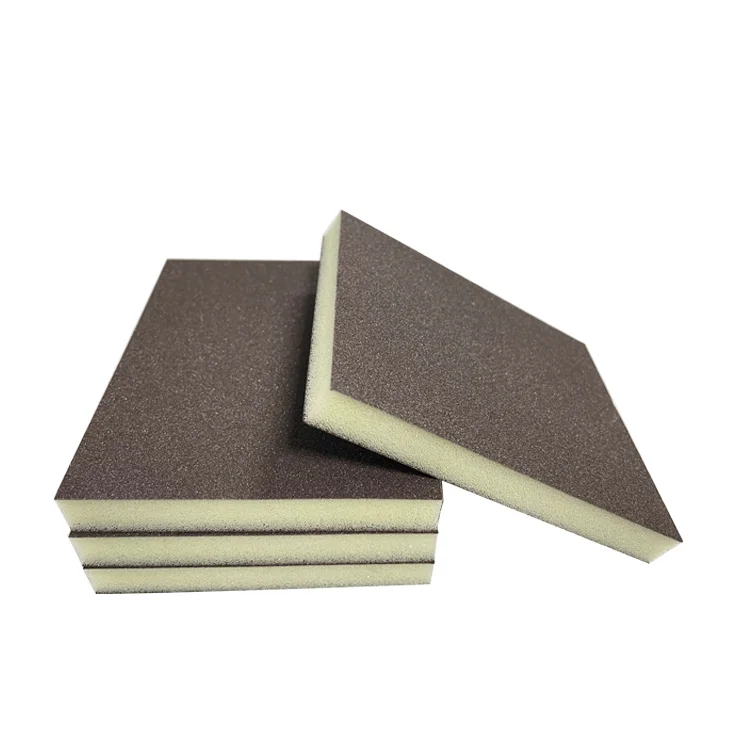In an era where sustainability is no longer a mere buzzword but a necessity, the construction industry faces a critical challenge: the choice of building materials. As we strive to reduce our carbon footprint and combat climate change, understanding which materials contribute most significantly to environmental degradation is essential. This article explores the most unsustainable building materials, their impacts, and potential alternatives that can pave the way for a greener future.
The Unsustainable Culprit: Concrete
Among the myriad of building materials, concrete stands out as one of the most unsustainable. While it is the most widely used construction material globally, its production is responsible for approximately 8% of global carbon dioxide emissions. The primary culprit is the cement component, which is produced through the calcination of limestone and clay at high temperatures, a process that requires vast amounts of energy, typically derived from fossil fuels.
The Environmental Impact of Concrete
- Carbon Emissions: The production of cement releases significant amounts of CO2, not only from the combustion of fossil fuels but also from the chemical reaction that occurs when limestone is heated. This dual source of emissions makes concrete a major contributor to climate change.
- Resource Depletion: The extraction of raw materials for concrete, such as sand and gravel, leads to habitat destruction, loss of biodiversity, and depletion of natural resources. The increasing demand for these materials has resulted in illegal mining and unsustainable practices that further exacerbate environmental issues.
- Water Usage: The concrete industry is also a significant consumer of water. The production process requires large quantities of water, which can strain local water resources, especially in arid regions.
Other Unsustainable Building Materials
While concrete is a leading contender, several other materials also contribute to unsustainability:
- Steel
Steel is another widely used construction material with a substantial environmental footprint. The production of steel involves mining iron ore, which requires significant energy and results in greenhouse gas emissions. Additionally, the process generates large amounts of waste and can lead to soil and water contamination.
- Brick
Traditional clay bricks, while durable, are often fired in kilns that rely on fossil fuels, contributing to air pollution and greenhouse gas emissions. The extraction of clay can also lead to land degradation and loss of agricultural land.
- PVC (Polyvinyl Chloride)
PVC is commonly used in plumbing, wiring, and flooring. Its production involves toxic chemicals and generates harmful byproducts. Moreover, PVC is not biodegradable, leading to long-term environmental pollution.
The Path to Sustainability: Alternatives and Innovations
Recognizing the unsustainable nature of traditional building materials has spurred innovation in the construction industry. Here are some sustainable alternatives that can mitigate environmental impacts:
- Recycled Materials
Using recycled materials, such as reclaimed wood, recycled steel, and crushed concrete, can significantly reduce the demand for new resources and lower carbon emissions associated with production.
- Sustainable Concrete Alternatives
Innovations in concrete technology, such as the use of fly ash, slag, or bio-based materials, can reduce the carbon footprint of concrete. Companies are also exploring carbon capture technologies that can mitigate emissions during cement production.
- Natural Building Materials
Materials such as bamboo, straw bales, and rammed earth offer sustainable alternatives that are renewable and have lower environmental impacts. These materials not only reduce carbon emissions but also enhance energy efficiency in buildings.
Conclusion: A Call to Action
As the construction industry grapples with the pressing need for sustainability, understanding the implications of building material choices is paramount. Concrete, steel, brick, and PVC are among the most unsustainable materials, contributing significantly to environmental degradation. However, the emergence of innovative alternatives provides a pathway toward a more sustainable future.

